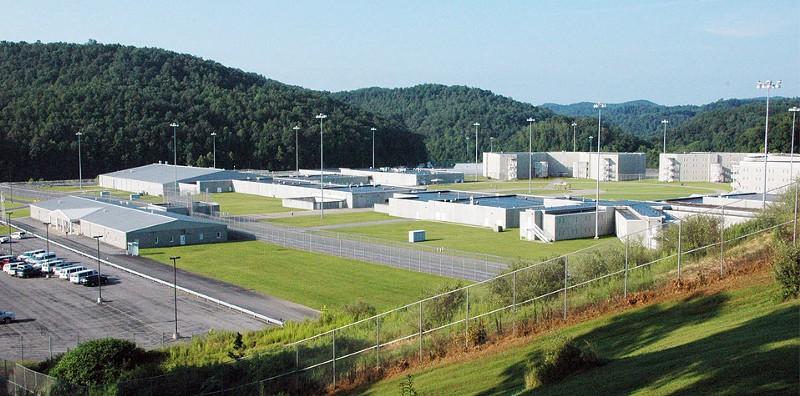Commentary: Attorney General Sessions Says He Wants To Target Gangs, But In The Federal Bureau of Prisons Gangs Find A Home Base, And A Place To Flourish
With the Department of Justice targeting national gangs like MS-13, the Trump administration has declared a war on national gangs. “MS-13 members brutally rape, rob, extort and murder,” Attorney General Jeff Sessions told the International Association of Chiefs of Police at a conferencein Philadelphia in late October. “Just like we took Al Capone off the streets […]

With the Department of Justice targeting national gangs like MS-13, the Trump administration has declared a war on national gangs. “MS-13 members brutally rape, rob, extort and murder,” Attorney General Jeff Sessions told the International Association of Chiefs of Police at a conferencein Philadelphia in late October. “Just like we took Al Capone off the streets with our tax laws, we will use whatever laws we have to get MS-13 off of our streets.” But throwing more gang members in an already overcrowded federal prison system will only exacerbate the problem.
I spent 21 years in the Bureau of Prisons (BOP). The number of federal prisoners is small compared to the headcount of those incarcerated at the state and local level. But the BOP, a subdivision of the Department of Justice, makes up a significant part of the total DOJ budget. Indeed, in 2014, then Attorney General Eric Holder lamented that “One third of the budget at the Justice Department now goes to the Bureau of Prisons.”
Like thousands of others caught up in the drug war, I served my sentence in the BOP on drug charges. I saw, first hand, how national gangs — many of which have their roots in the prison system — proliferate in the BOP. I watched as US Attorneys filled the BOP with low level Sureños- Southern California Latinos beholden to the Mexican Mafia (La eMe) — in the 1990s for low level drug offenses. There are Sureño cliques in federal prisons now all across the country. I was housed at FCC Forrest City in Arkansas and they were 30 deep on the compound. A California gang omnipresent in the deep south. The BOP functions as an organizational base for gangs who use it as a testing ground to recruit new members.
When I was incarcerated at FCI Gilmer in West Virginia, I talked to an MS-13 member from Los Angeles who told me how the LA gang members would get deported back to El Salvador or Honduras after serving time in the BOP. When they went back to their home countries they brought the gang with them.
The BOP is a center of power for national gangs and behind the prison walls they do whatever they can to increase their stature. The Aryan Brotherhood (AB) and Mexican Mafia have killed at will in the BOP with little or no opposition from authorities. AB shot-caller Barry “The Baron” Mills committed his first murder in the BOP in 1979 at USP Atlanta and continued the gang’s killing spree over multiple decades, which culminated in a massive racketeering indictment in 2005. And even though Mills was convicted of murder he still maintains his position on the AB’s ruling council in the BOP.
Other gangs like La eMe have also killed with ruthless abandon in the BOP. Mexican Mafia gang leader Manuel “Tati” Torrez was stomped to death by a fellow gang member at ADX Florence in 2005, the BOP’s Supermax where inmates spend 23 hours per day in their cells, leading the New York Times to call the facility “The Alcatraz of the Rockies.”
Such violence exists because BOP staff and investigators are complacent and satisfied with the status quo. Enabling the gangs to police the prison and even parlaying with gang shot callers to determine who can be let out on the yard. BOP staff give the gangs free reign and only step in afterward to clean up the mess.
Worse, the response by the BOP and the DOJ to its gang problem has not been to take any meaningful steps such as renunciation, debriefing, or rival gang member integration programs to curb the violence at its own facilities. Instead federal prosecutors have sought the death penalty in case after case involving BOP violence, such as Joseph Ebron who in 2009 was convicted and sentenced to death for the 2005 murder of a fellow inmate at the BOP’s notoriously violent USP Beaumont in Texas, also known as “Bloody Beaumont.”
It’s darkly ironic that Attorney General Sessions is targeting the very national gangs who thrive in a prison system housing 200,000 inmates directly under DOJ control.
